Curry Powder Mix: The Secret Ingredient Behind Every Flavorful Dish
Table of Contents
- Introduction to Curry Powder Mix
- A Spicy History Lesson
- What’s in a Curry Powder Mix?
- Types of Curry Powder and Their Uses
- Top 10 Tips for Using Curry Powder Mix Like a Pro
- How to Cook with Curry Powder Mix: Step-by-Step
- Buying Guide: Choosing the Best Curry Powder Mix
- Final Thoughts
Introduction to Curry Powder Mix
If you've ever bitten into a warm, aromatic curry and wondered what gives it that irresistible kick, you're not alone. The answer often lies in one humble container: curry powder mix.
This golden-yellow blend is the backbone of countless dishes across Southeast Asia, India, and beyond. Whether you're making a creamy korma or a fiery vindaloo, curry powder mix is your ticket to depth, warmth, and complexity in flavor.
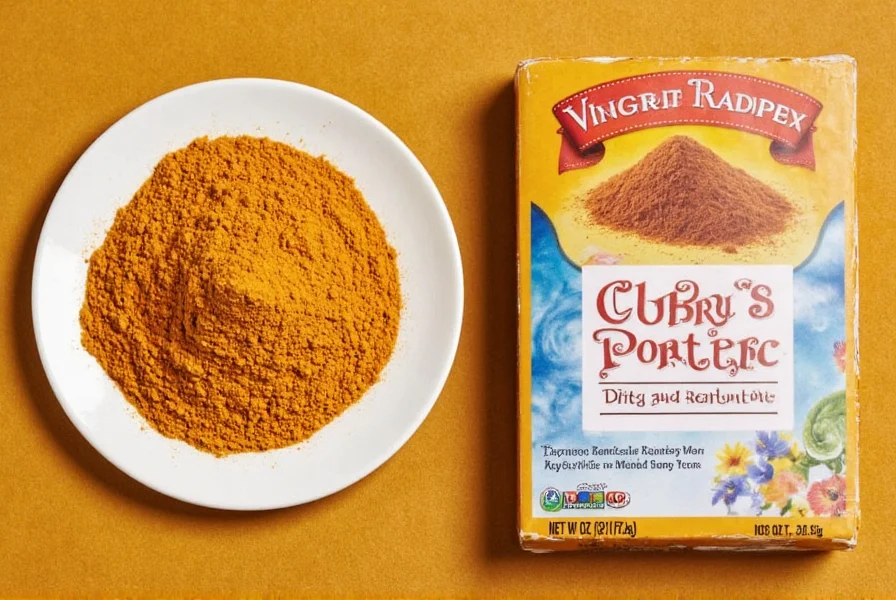
A Spicy History Lesson
Curry powder might seem like a staple in every kitchen today, but its origins are far from ancient tradition. In fact, the concept of a pre-made 'curry powder' was largely popularized by British colonists in the 18th century, who tried to replicate Indian dishes back home without understanding the nuanced use of individual spices.
Indian cooks would traditionally blend fresh spices depending on the dish, region, and season — never sticking to a fixed recipe. But as demand grew, commercial spice companies created a standardized blend called 'curry powder' to mimic the flavors of Indian cuisine for Western palates.
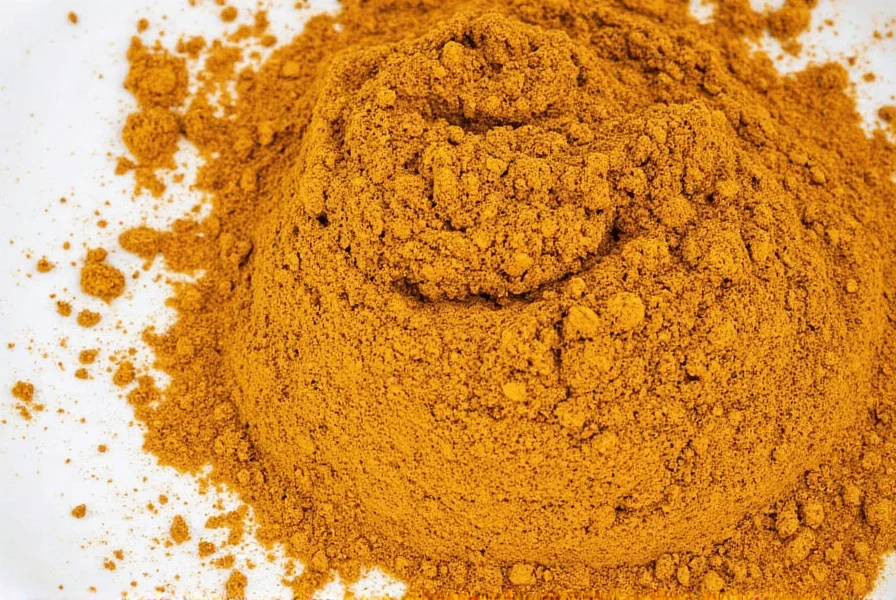
What’s in a Curry Powder Mix?
Though recipes vary by brand and origin, most curry powders share a core group of ingredients. Here's a breakdown:
| Spice | Flavor Profile | Role in the Mix |
|---|---|---|
| Turmeric | Earty, bitter | Provides vibrant color and earthy base |
| Cumin | Warm, nutty | Enhances umami and depth |
| Coriander | Citrusy, floral | Adds brightness and balance |
| Fenugreek | Bitter, maple-like | Subtle sweetness and aroma |
| Ginger | Spicy, zesty | Heat and digestive aid |
| Black Pepper | Sharp, pungent | Activates turmeric absorption |
| Chili Powder | Hot, bold | Adjustable heat level |
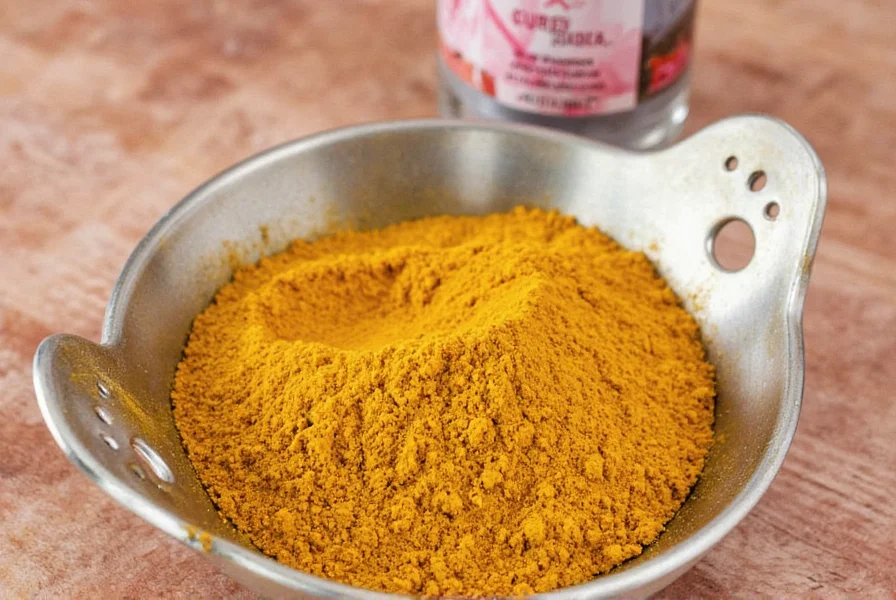
Types of Curry Powder and Their Uses
Curry powder isn't one-size-fits-all. Different blends serve different purposes. Here’s a quick guide:
- Madras Curry Powder: Hotter than standard mixes, perfect for meat dishes.
- Jamaican Curry Powder: Smoky and rich, often used in goat curries.
- Thai Yellow Curry Paste: Not a powder, but similar in function; includes lemongrass and galangal.
- Mild Indian Curry Powder: Great for creamy sauces and vegetable dishes.
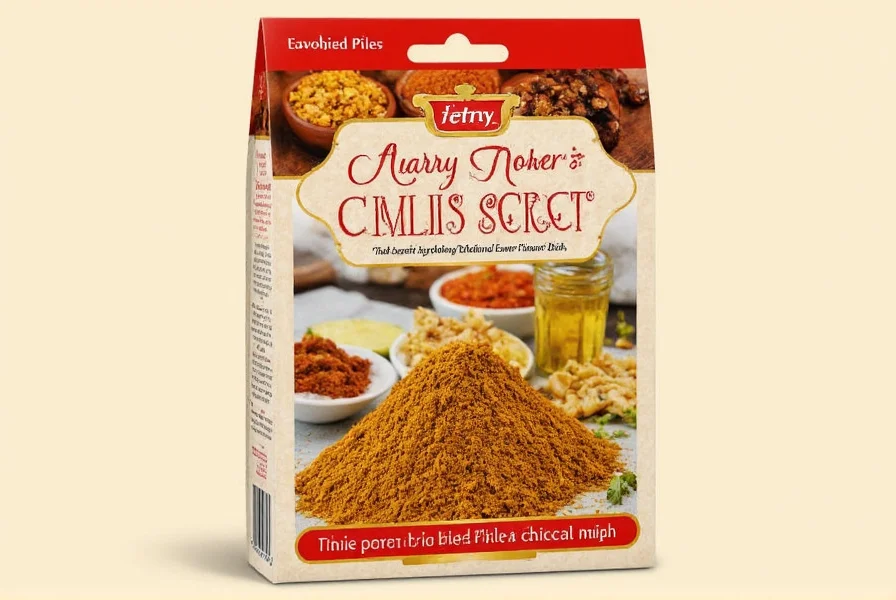
Top 10 Tips for Using Curry Powder Mix Like a Pro
- Toasting is Key: Heat the powder in oil before adding liquids to unlock its full aroma.
- Balance with Acid: A splash of lime or vinegar cuts through richness and enhances flavor.
- Use Sparingly: Start with less — you can always add more!
- Pair with Coconut Milk: Creates a creamy texture and balances spice.
- Marinate Meats First: Letting meats sit in the spice mix overnight adds incredible depth.
- Try in Unexpected Dishes: Add to soups, roasted vegetables, or even popcorn for a spicy twist.
- Avoid Burn Time: Don’t let it sit dry in the pan too long — it can turn bitter.
- Customize Your Mix: Add cinnamon or cardamom for extra warmth in winter dishes.
- Store Properly: Keep in an airtight container away from light and moisture to preserve potency.
- Make It Fresh: Consider grinding your own spices for a fresher, more vibrant taste.
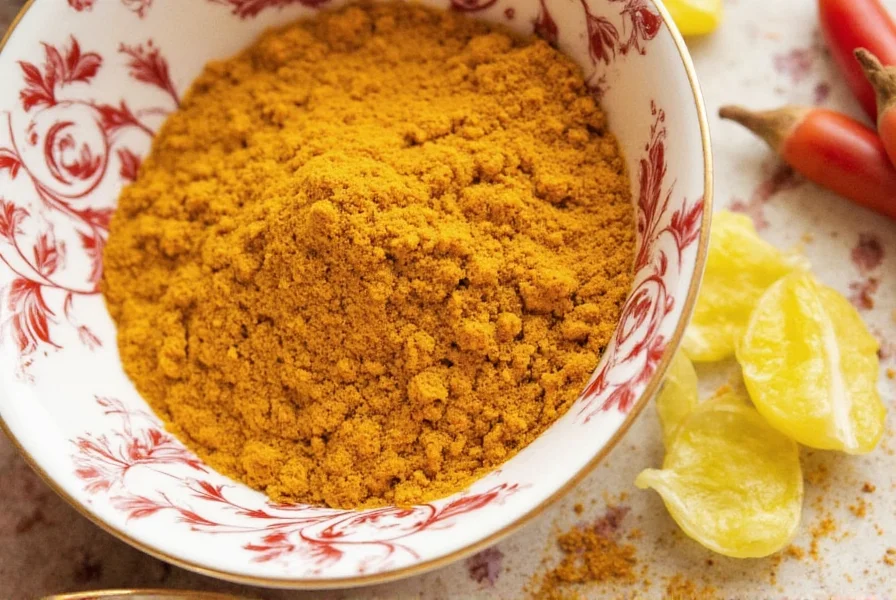
How to Cook with Curry Powder Mix: Step-by-Step
Ready to unleash the magic? Here’s how to do it right:
- Step 1 – Heat the Oil: Use a heavy-bottomed pan and heat neutral oil (like sunflower or grapeseed).
- Step 2 – Toast Aromatics: Add onions, garlic, and ginger; cook until soft and fragrant.
- Step 3 – Bloom the Spice: Add 1–2 tablespoons of curry powder mix and stir constantly for about 30 seconds.
- Step 4 – Deglaze: Pour in a small amount of liquid (water, stock, coconut milk) to stop burning.
- Step 5 – Simmer: Let everything simmer together before adding proteins or veggies.
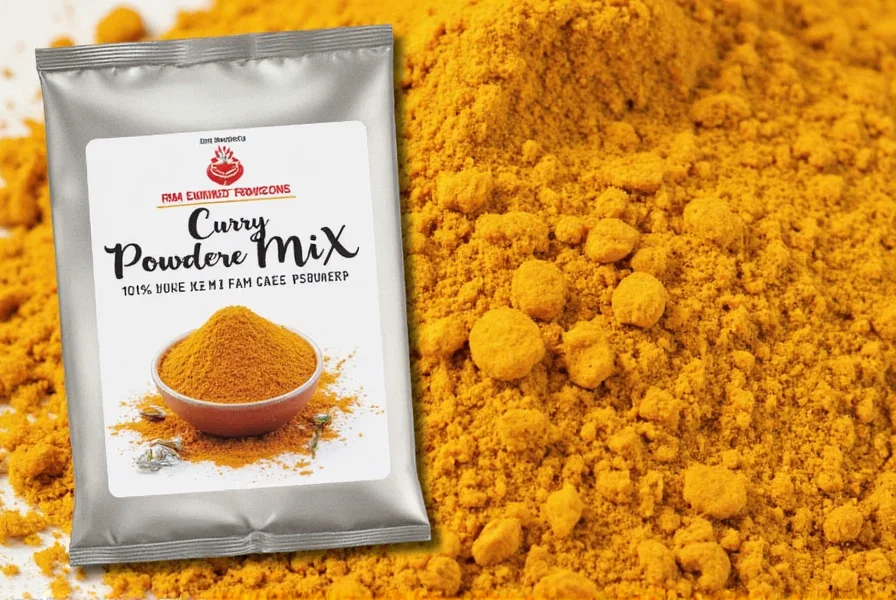
Buying Guide: Choosing the Best Curry Powder Mix
With so many options out there, picking the right curry powder can feel overwhelming. Here’s a curated guide to help you choose based on your needs:
| Product | Features | Best For | Pros | Cons |
|---|---|---|---|---|
| McCormick Curry Powder | Classic yellow curry with mild heat | Beginners, everyday cooking | Inexpensive, widely available | Less complex flavor |
| Spice Garden Organic Curry Powder | Non-GMO, organic, slightly sweet | Vegan and health-conscious cooks | Pure ingredients, ethical sourcing | Higher price point |
| BTC Madras Curry Powder | Spicier, smoky profile | Meat dishes, stews | Deep flavor, robust aroma | Might be too hot for some |
| Patak’s Mild Curry Powder | Perfect for creamy curries | Korma, butter chicken, vegetarian dishes | Smooth, balanced taste | Harder to find in some regions |
| Rajah Curry Powder | Contains fenugreek and chili for boldness | Experienced cooks looking for punch | Intense flavor, authentic | Not ideal for delicate dishes |
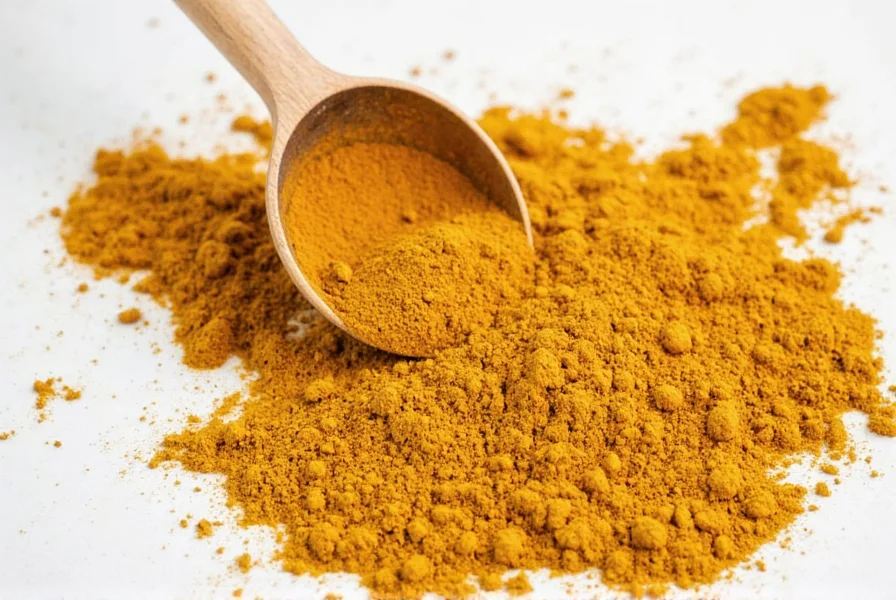
Final Thoughts
Curry powder mix may seem like a simple ingredient, but it holds the power to transform the ordinary into the extraordinary. From its historical roots to modern-day kitchen hacks, this versatile blend deserves a permanent spot in your pantry.
Whether you're new to the world of spices or a seasoned chef, experimenting with curry powder opens up a universe of flavor. So next time you reach for that jar, remember — a little goes a long way, and the secret to great food starts with just the right sprinkle.
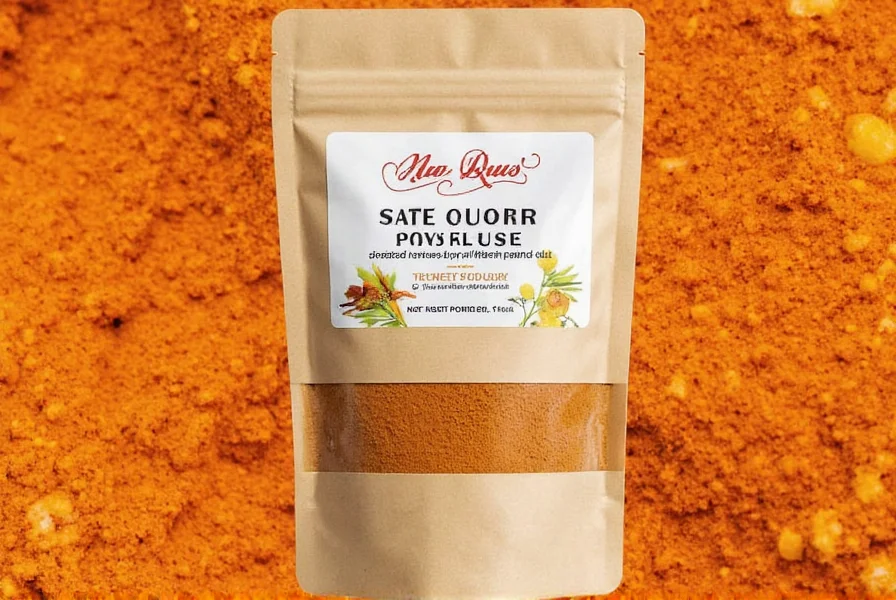

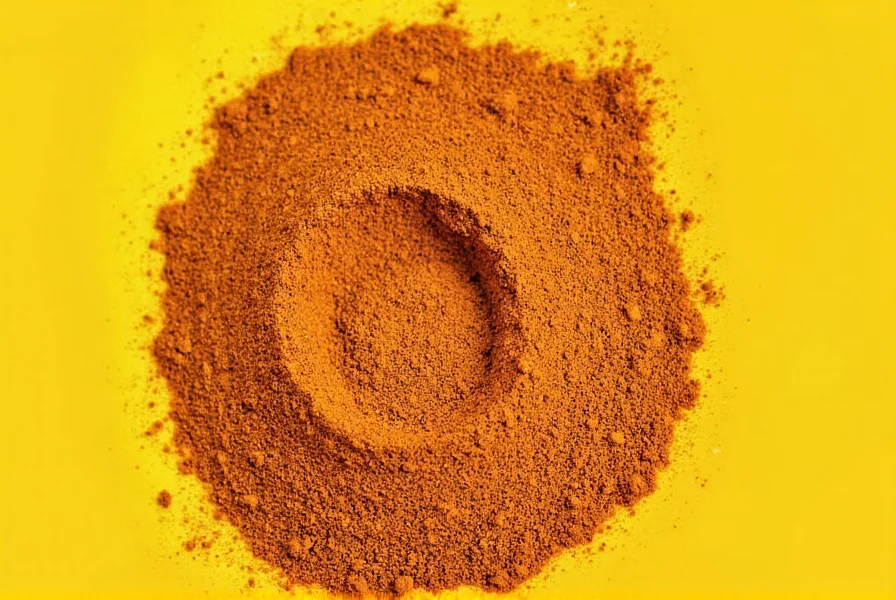









 浙公网安备
33010002000092号
浙公网安备
33010002000092号 浙B2-20120091-4
浙B2-20120091-4